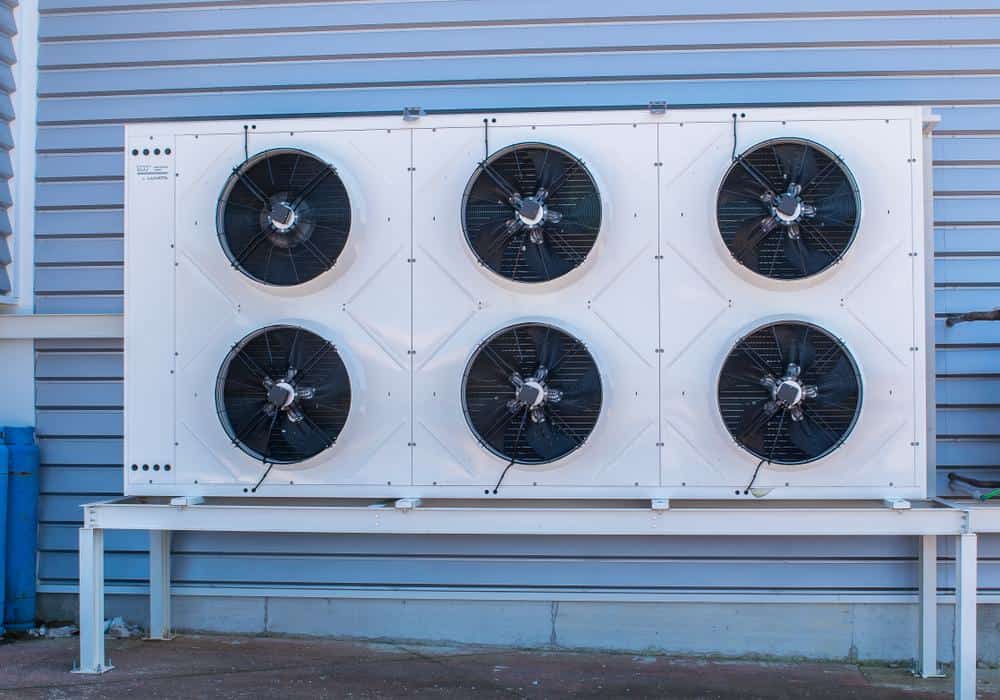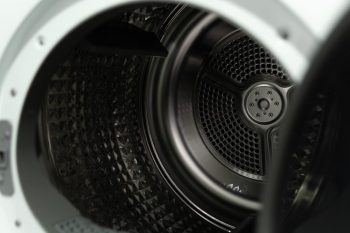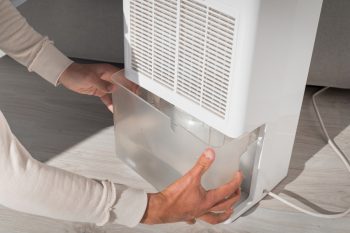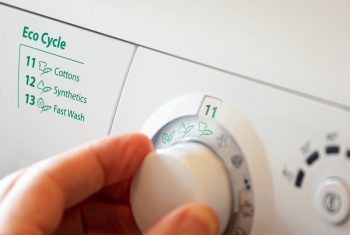
The air conditioner, a staple appliance in many homes and offices, is a complex piece of equipment designed to cool and dehumidify indoor air. But have you ever wondered what goes into an air conditioner that makes it work? In this comprehensive article, we will delve into the components and workings of an air conditioner, providing you with a thorough understanding of this essential cooling device.
An air conditioner consists of several key components including an evaporator, condenser, expansion valve, and compressor. These parts work together in a refrigeration cycle to cool and dehumidify indoor air. Other elements like sensors, timers, valves, and air filters also play significant roles in its operation. The efficiency and longevity of an air conditioner can be enhanced through regular maintenance and proper use.
Main Components of an Air Conditioner
An air conditioner is made up of several key components, each playing a crucial role in its operation.
- Evaporator: The evaporator receives the liquid refrigerant. It absorbs heat from the indoor air, causing the refrigerant to evaporate and the surrounding air to cool.
- Condenser: The condenser facilitates heat transfer. The refrigerant releases the absorbed heat to the outdoor air here, turning back into a liquid.
- Expansion Valve: This valve controls the flow of refrigerant into the evaporator, regulating its pressure and temperature.
- Compressor: This large electric pump pressurizes the refrigerant gas, enabling it to move through the system and facilitate heat transfer.
Aside from these main components, air conditioners also contain sensors, timers, and valves to ensure their proper operation.
How Does the Refrigeration Cycle Work?
The refrigeration cycle is the heart of the air conditioning process. It involves four main stages: compression, condensation, expansion, and evaporation.
- Compression: The compressor pressurizes the refrigerant gas, creating a pressure difference that drives the refrigerant around the circuit.
- Condensation: The high-pressure gas enters the condenser, where it is cooled and condensed into a liquid.
- Expansion: The high-pressure liquid then flows through the expansion device, rapidly reducing its pressure and temperature.
- Evaporation: The refrigerant enters the evaporator, where it absorbs heat from the surrounding air and evaporates into a gas.
This cycle continues until the desired indoor temperature is reached, at which point the thermostat signals the air conditioner to shut off.
Role of the Compressor and Evaporator Coil
The compressor and evaporator coil play critical roles in the air conditioning process. The compressor acts as the heart of the system, pumping the refrigerant through the system. The evaporator coil, on the other hand, absorbs heat from the indoor air, turning the refrigerant into a gas and cooling the surrounding air.
Importance of the Condenser Coil
The condenser coil is crucial for maintaining the cooling capacity of the air conditioner. It releases the heat absorbed by the evaporator coil into the external environment, usually outdoor air. Efficient heat dissipation in the condenser coil is vital for maintaining the cooling capacity of the air conditioning system.
Air Filters in Air Conditioners
Air conditioners also utilize air filters to purify the air that passes through them. These filters trap dust, pollen, mold spores, and other airborne particles, ensuring cleaner and healthier air in your home. Regularly changing air filters can help reduce dust and hair on floors, shelves, and other surfaces, making it easier to maintain a clean home.
Energy Efficiency in Air Conditioners
An air conditioner is considered energy-efficient when it uses less energy to produce the same level of cooling as a less efficient model. Factors that contribute to energy efficiency include SEER (Seasonal Energy Efficiency Ratio) ratings, inverter technology, proper sizing, regular maintenance, proper airflow, and proper insulation and sealing of air leaks.
Maintenance and Longevity of Air Conditioners
Understanding the components of an air conditioner can help in its maintenance and longevity. Regular filter replacement or cleaning, cleaning of coils and fins, clearing of drain channels, proper installation and sizing, and regular maintenance can significantly extend the lifespan and efficiency of your air conditioning unit.
In conclusion, an air conditioner is a complex device with several components working together to cool and dehumidify indoor air. Understanding these components and how they work can help you maintain your air conditioner and ensure its longevity. Regular maintenance, proper use, and understanding of your air conditioner can ensure it serves you efficiently for many years.
Frequently Asked Questions
What is the purpose of a thermostat in an air conditioner?
The thermostat in an air conditioner is used to regulate the indoor temperature. It reads the current temperature of the room and compares it to the desired temperature set by the user. If the current temperature is higher than the set temperature, the thermostat signals the air conditioner to start cooling the room. Once the desired temperature is reached, the thermostat signals the air conditioner to shut off.
What is the SEER rating in an air conditioner and why is it important?
SEER stands for Seasonal Energy Efficiency Ratio. It is a measure of an air conditioner’s cooling output during a typical cooling-season, divided by the total electric energy input during the same period. The higher the SEER rating, the more energy-efficient the air conditioner is. Consequently, an air conditioner with a high SEER rating can save you money on your energy bills in the long run.
How often should air filters in an air conditioner be replaced or cleaned?
The frequency of air filter replacement or cleaning depends on several factors such as the type of filter, the air quality in your area, and whether you have pets. However, as a general rule, it is recommended to check your air filter every month and replace it every 3 months or when it appears dirty.
What are the signs that my air conditioner needs maintenance?
Some signs that your air conditioner may need maintenance include: it’s not cooling the room as effectively as before, it’s making strange noises, it’s emitting unusual odors, or it’s causing higher than normal energy bills. Regular maintenance can help prevent these issues and extend the lifespan of your air conditioner.
What is inverter technology in air conditioners and how does it contribute to energy efficiency?
Inverter technology in air conditioners allows the compressor to adjust its speed based on the demand for cooling. Traditional air conditioners operate at a constant speed and turn on and off to maintain the desired temperature, which can consume more energy. In contrast, inverter air conditioners can operate at varying speeds, which can be more energy-efficient and help maintain a more consistent indoor temperature.












